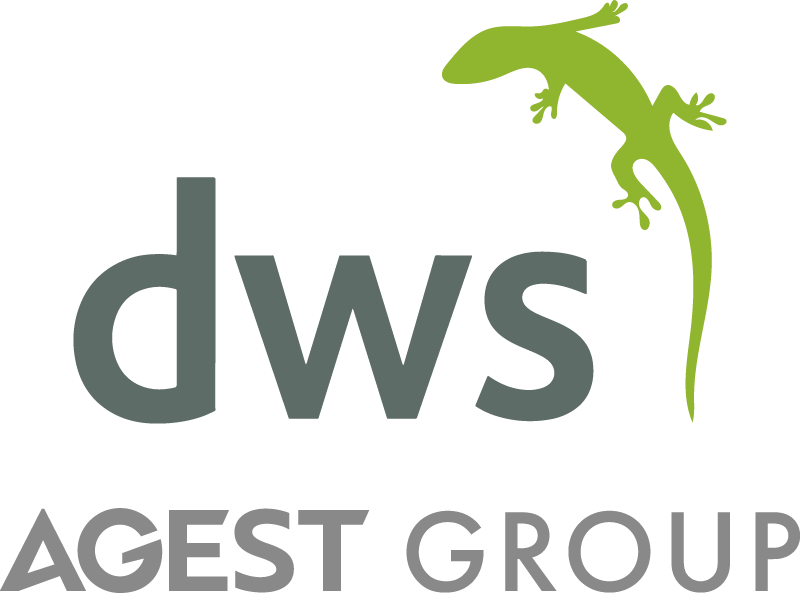The vast majority (almost 80%) of companies running JD Edwards EnterpriseOne (JDE E1) have now upgraded to Release 9.2. So what about the rest? These organisations probably fall into one of two categories: those that are looking to migrate away from JDE E1 in the near future, and those that are still committed to JDE E1 but are making the most of Oracle’s Lifetime Support Policy and just waiting for the “right time” to upgrade.
If you’ve made the move to 9.2 here’s a question for you. Since the initial upgrade, how many projects have you run to stay code current?
One of the most significant changes brought about by the move to 9.2 was the ability to do away with monolithic upgrade projects. Gone are the days of waiting 3-5 years to build a business case for the next disruptive upgrade. Staying code current on 9.2 is a much simpler proposition and just relies on committing to a regular schedule of smaller, smarter code current change events. Of course, if your business is stuck in the old mind-set of infrequent, major uplifts you may be both missing out on product innovations and exposing your operations to unnecessary risk.
Did you know?
Since introducing 9.2 six+ years ago, Oracle has made nearly 6000 changes and introduced over 4000 new objects?
Something I think is important to remember is that a code current change event project doesn’t have to be a project in its own right. You don’t have to go to the business and sell a project to get current. You can go to the business and reframe a project that the business really wants you to deliver and that may already have resources committed. Also, you can reframe the project by deciding what ESUs you want to apply as part of the project. For example, an E1 project that is going to run from April 2022 through June 2022 may be reframed, with some detailed planning done during January and February, to include ESUs available through the end of February. If you do this, you will deliver the project the business wants AND get code current. Okay, some of you may be thinking I’ve made this sound too easy. Taking this approach is not without effort, I accept that, but it does not have to be difficult.
There are many examples of organisations that have upgraded and are successfully staying code current. Let me point you in the direction of two examples that are supported by detailed case studies. The first is a DWS customer (Printpack) the second is a Redfaire International customer (Circle K Europe).
Printpack upgraded to 9.2 in 2018. In 2020 they started running annual projects to stay code-current. You can read all about it in our Printpack Code Current Case Study, or you can check out a Quest Oracle Community asset that includes a link to a presentation about Printpack’s commitment.
Circle K Europe is interesting because they looked at code-currency as something that could be delivered as part of a wider service provider relationship. Redfaire was the partner of choice and was looking for ways to enhance its managed service proposition and add greater value to its customer engagement. Having worked with DWS before, Redfaire was aware of our specialist knowledge, products and services, and saw an opportunity to offer a truly differentiated service. For more information, you can find a copy of the Circle K Europe Continuous Adoption Case Study on the Redfaire website.
What’s clear from these two examples is that companies can get current and stay current. For both, staying current is an enabler for continuous innovation and for their IT organizations to provide a better service to the businesses they serve. From a DWS perspective, they showcase our capabilities and commitment to supporting the JDE E1 community.
If you’d like to know more, we’d love to speak to you about your strategy for keeping JDE E1 current. If you’re planning a code current project, get in touch today.




